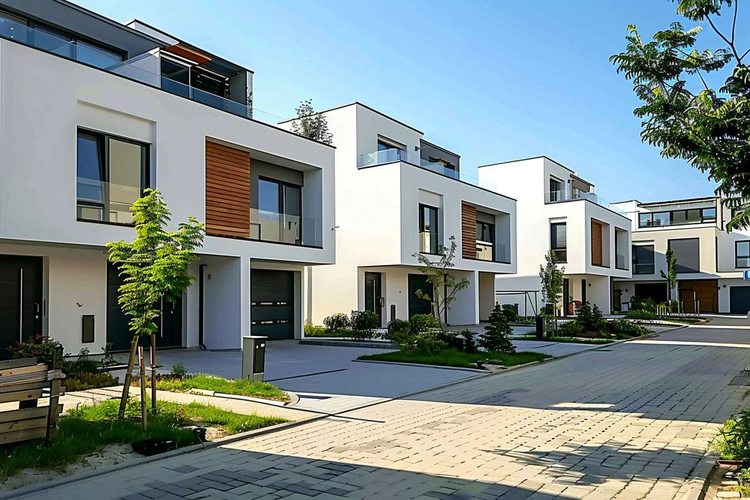Title: Micro-Apartments: The Future of Urban Living?
Introduction: In bustling metropolises worldwide, a new real estate trend is emerging that's redefining the concept of home. Micro-apartments, typically ranging from 200 to 400 square feet, are gaining traction as a solution to urban housing shortages and skyrocketing rents. This innovative approach to living spaces is challenging traditional notions of comfort and necessity, while offering unique opportunities for investors and developers.

Addressing Urban Housing Challenges
The micro-apartment trend is, in part, a response to the growing affordable housing crisis in many cities. As populations continue to concentrate in urban areas, traditional housing stock struggles to keep pace with demand. Micro-units offer a way to increase housing density without extensive new construction or urban sprawl. For cities grappling with limited space and rising costs, these compact dwellings present an attractive solution to accommodate more residents within existing infrastructure.
Design Innovations in Small Spaces
Architects and designers are at the forefront of the micro-apartment movement, developing innovative solutions to make small spaces both functional and appealing. Smart home technology plays a crucial role, with automated systems controlling lighting, temperature, and even furniture arrangements. Foldable beds, retractable kitchens, and modular wall systems allow residents to transform their living space throughout the day. These design elements not only maximize utility but also create a sense of spaciousness in compact quarters.
Financial Implications for Investors and Developers
From an investment perspective, micro-apartments offer intriguing possibilities. The higher density of units per building can potentially yield greater returns for property owners. Additionally, the appeal to young professionals and students often results in lower vacancy rates and steady rental income. However, developers face unique challenges, including higher construction costs per square foot and the need to navigate zoning laws that may not yet accommodate this housing type.
Impact on Urban Planning and Zoning
The proliferation of micro-apartments is prompting cities to reevaluate their zoning regulations and building codes. Many municipalities are creating new categories to accommodate these smaller units, often relaxing minimum size requirements or parking mandates. This shift in policy reflects a growing recognition of changing housing needs and the importance of density in sustainable urban development. However, it also raises questions about long-term livability and the potential impact on neighborhood demographics.
Sustainability and Environmental Considerations
Micro-apartments align with the principles of sustainable urban living in several ways. Their smaller footprint typically results in reduced energy consumption and lower carbon emissions per resident. The central locations of many micro-apartment developments can decrease reliance on personal vehicles, promoting walkability and use of public transportation. However, critics argue that the resource-intensive nature of constructing and maintaining these high-tech, compact spaces may offset some environmental benefits.
Social Implications of Micro-Living
The rise of micro-apartments is not without controversy. Sociologists and urban planners debate the long-term effects of widespread adoption of such small living spaces. Concerns include potential impacts on mental health, the feasibility of family formation, and the risk of exacerbating urban inequality. Proponents argue that micro-units provide an entry point to desirable neighborhoods for those who might otherwise be priced out, fostering diverse, vibrant communities.
Future Outlook and Market Potential
As urban populations continue to grow and housing affordability remains a pressing issue, the micro-apartment trend shows no signs of slowing. Market analysts predict continued expansion in major cities, with potential for adaptation in smaller urban centers. The success of this housing model may depend on ongoing innovations in design, policy adaptations, and shifts in cultural attitudes toward space and ownership. For investors and developers, micro-apartments represent a dynamic sector with significant growth potential, albeit one that requires careful navigation of evolving regulations and market demands.
In conclusion, micro-apartments are emerging as a significant force in urban real estate, offering a potential solution to housing shortages while challenging conventional notions of home. As this trend evolves, it will likely play an increasingly important role in shaping the future of city living, impacting everything from urban planning to investment strategies. Whether viewed as an exciting innovation or a necessary compromise, micro-apartments are undeniably transforming the landscape of urban housing markets worldwide.





